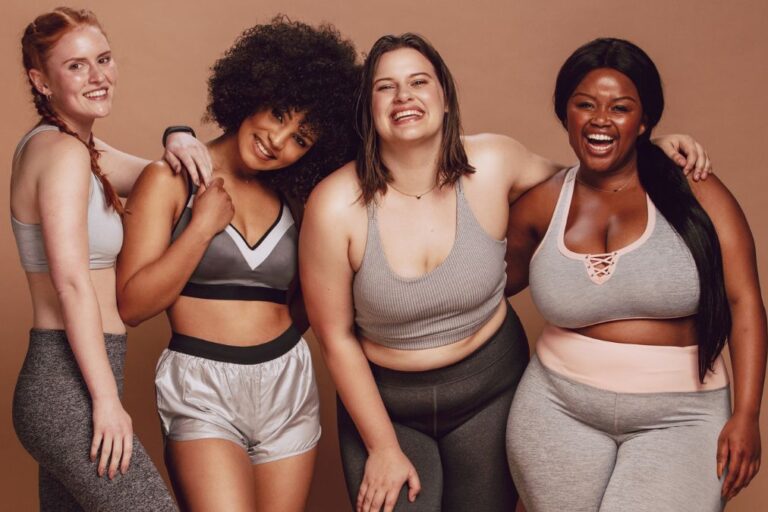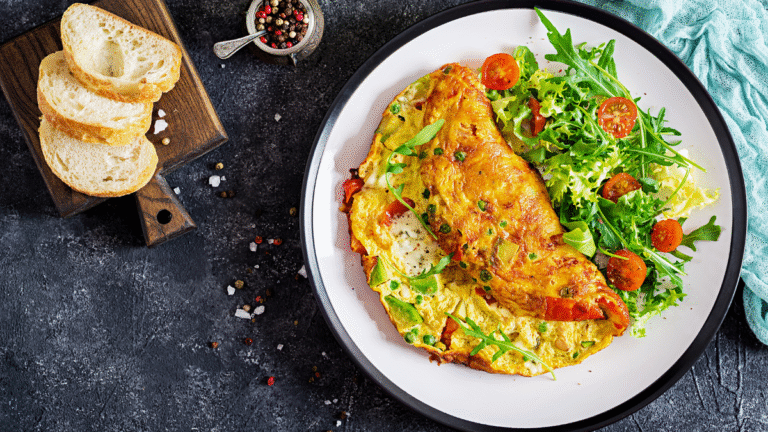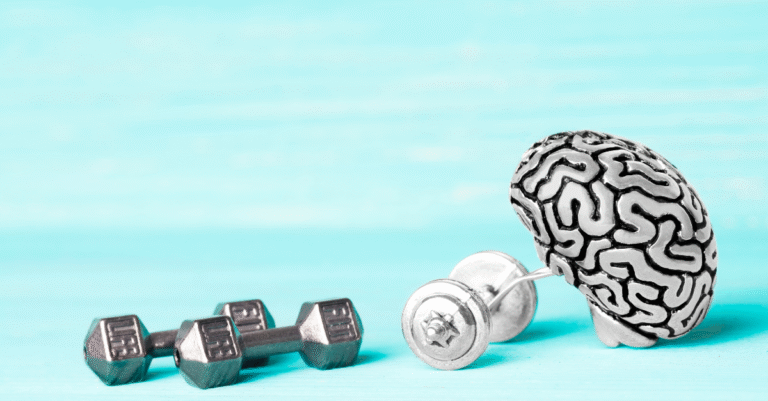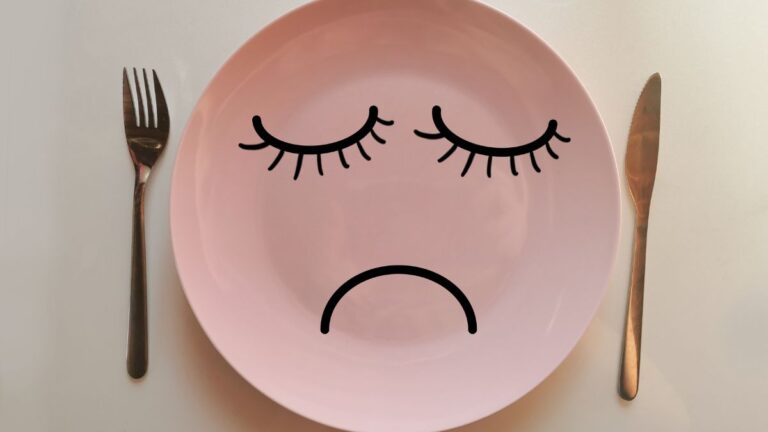Processed vs. Ultra-Processed Foods: Why the Difference Matters More Than You Think
Walk through any grocery store and it’s tough to know what’s truly healthy. Labels are confusing, and even doctors admit they struggle with them. Yet the foods you put in your cart directly shape your energy, your weight, and your long-term health. Knowing how to tell the difference between unprocessed, processed, and ultra-processed foods matters more than most people realize.
The NOVA Scale
There isn’t one clear definition of what counts as “processed” or “ultra-processed,” so nutrition researchers and experts use the NOVA Scale1 to group foods by how much they’ve been changed from their natural form:
- 1 – Unprocessed or minimally processed: fresh or frozen plain fruits or vegetables, raw nuts, plain meats, plain yogurt, eggs. Processes allowed are basic preservation, like freezing or pasteurization, but no additives.
- 2 – Processed ingredients: items commonly used for cooking or food prep, never eaten by themselves in large amounts, such as olive oil, salt, sugar, butter, and honey.
- 3 – Processed foods: foods with a few added ingredients, like certain breads, cheese, canned beans, plain tortilla chips, canned vegetables, fish with salt, fruit in syrup, or salted nuts.
- 4 – Ultra-processed foods: made with multiple factory steps and five or more added ingredients you would not usually cook with at home. Examples: soda, packaged snacks, flavored yogurt, sugary cereal, mass-produced breads and cakes, frozen dinners, hot dogs, and frozen fruit or vegetables with sauces, sugar, salt, or flavorings.
Key takeaway: Not all processed foods are off-limits. Foods in category 3, like whole-grain bread or canned beans, can be part of a healthy diet. The bigger concern is with category 4, the ultra-processed foods, especially when they make up most of your diet. It’s not about never eating them; it’s about making sure they don’t replace the nourishing foods your body needs every day.
Survey Snapshot
In December 2024, researchers asked nearly 2,200 U.S. adults (ages 18–92) about processed foods. Here is what they found:2
People were split on whether all processed foods are unhealthy.
When asked which processed foods are worst:
- 28% said meat products like bacon or deli meat
- 14% said shelf-stable foods like canned or frozen meals
- 13% said foods with artificial additives
When asked what foods raise type 2 diabetes risk:
- 51% said desserts
- 15% said carbs in general
- 7% said processed foods
- Only 1% said meat products
Younger adults were least likely to know that processed meats can increase the risk for diabetes, heart disease, and certain cancers. This shows that there is a major gap between what people think they know about nutrition and what research actually shows.
What Experts Want You to Know
1. Plant-Based vs. Animal-Based Processed Foods (Neal Barnard, MD | PCRM)
- Plant-based processed foods (like whole-grain bread, canned beans, or unsweetened plant milk) are usually a safer choice.
- Animal-based processed foods (like bacon, sausage, or deli meat) are more strongly tied to heart disease, type 2 diabetes, and colorectal cancer.
2. Not All Plant-Based Foods Are Automatically Healthy (Dalia Perelman| Stanford)
- Some plant-based snacks and cereals are loaded with sugar, salt, or additives.
- If the ingredient list reads like a science project, it is probably ultra-processed.
3. Doctors Get Little Nutrition Training (Stephen Devries, MD | Gaples Institute)
- Medical school rarely includes in-depth nutrition education.
- This is one reason why even health professionals can give broad or outdated advice about nutrition and processed foods.
4. Medication Is Not a Magic Shield
- Prescriptions like GLP-1s, blood pressure, or diabetes drugs help, but they cannot cancel the effects of a diet high in ultra-processed meats, sugary drinks, and refined snacks.
- Combining medicine with balanced eating and other lifestyle changes is much more effective.
5. Food Policy Takes Time (Christopher Gardner, PhD | Stanford)
- Big changes, such as removing harmful trans fats or reducing added sugars across the food supply, happen slowly.
- Even as companies improve recipes, those products might cost more or be harder to find.
How to Spot Ultra-Processed Foods Fast
Use these quick checks when you shop:
- Ingredient list length: More than five ingredients with names you cannot picture cooking with is a red flag.
- Flavor and color boosts: Words like “artificial flavor,” “color added,” or “preservatives” mean it is likely ultra-processed.
- Shelf life: If it can sit in your pantry for months without spoiling, it is most likely heavily processed.
Reminder: This doesn’t mean you can never have these foods. Limiting and eliminating are two totally different things, and the goal isn’t elimination; it’s balance. Ultra-processed foods become a problem when they make up most of your diet, not when you enjoy them once in a while.
When Shopping, Use The 20% And 5% Guide
The Nutrition Facts label can look overwhelming, but one simple rule makes it easier: check the % Daily Value (%DV).
- 5% DV or less is low. That’s a good target for things you want to limit, like added sugar, sodium, or saturated fat.
- 20% DV or more is high. That’s what you want for nutrients that support your health, like fiber, vitamins, and minerals.
This rule helps you make quick comparisons without overthinking. You’re not aiming for perfection with every item, but choosing more foods with high nutrients and fewer with high added sugar, sodium, or saturated fat adds up to better health over time.
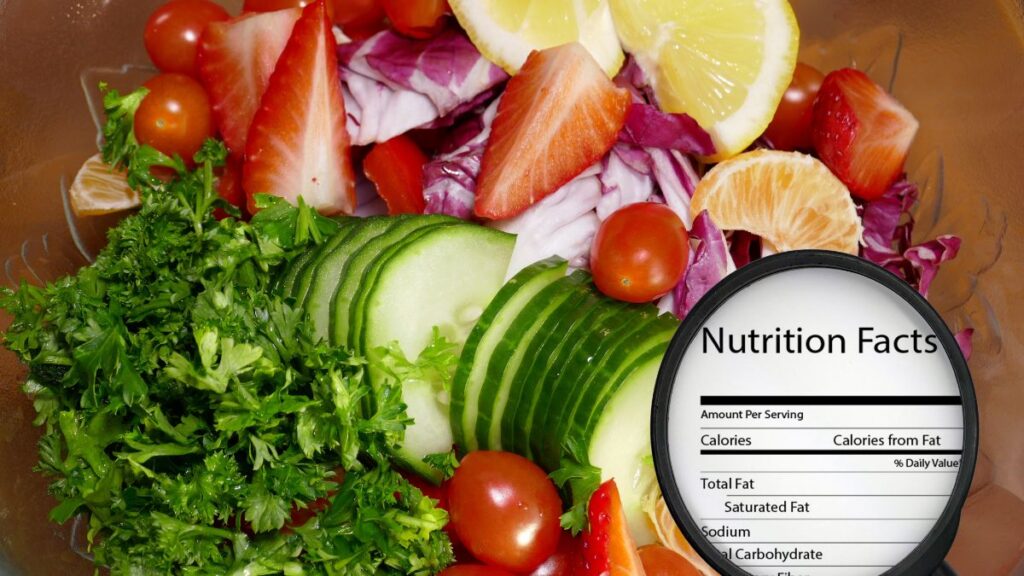
Smarter Swaps That Make a Difference
You do not have to give up all convenience foods. Instead, focus on upgrading key choices or limiting how many times you eat ultra-processed foods each week.
- Breakfast: swap sugary cereal for plain Greek yogurt with fruit and nuts.
- Lunch: trade deli meats for leftover chicken or tuna mixed with olive oil and herbs.
- Snacks: choose nuts, fruit, veggies, tortilla chips with fresh salsa, or popcorn without added flavors.
- Drinks: switch soda for sparkling water with a squeeze of citrus, tea, or black coffee.
If mornings are super busy or hectic and you can only change one meal right now, that is enough. For example, keep your usual breakfast or lunch and upgrade dinner instead. One swap at a time builds steady habits and lowers risk without feeling restrictive.
Final Thoughts
Learning the truth about ultra-processed foods gives you control. You do not have to eat perfectly or cook every meal from scratch. Start with one or two swaps this week.
Give those changes time to work. More energy or a sharper sense of taste won’t show up overnight. Both your palate and your mindset need time to adjust. If fruit doesn’t taste sweet enough right away, or you feel no different after a few days, that’s normal. Keep going.
Ultra-processed foods are designed for intense, instant flavor, which can make the natural sweetness of fruit or the mild flavor of vegetables seem bland at first. As you choose more whole foods and fewer engineered ones, your taste buds reset. Within weeks, you may notice those natural flavors more and feel satisfied with less added sugar or salt.
This gradual reset helps cravings fade and makes balanced eating feel normal. Over time, your body rewards you with more energy, better overall health, and less confusion every time you open the fridge or walk down a grocery aisle.
Resource
Much of the research and data for this post came from Your Patients May Not Know Which Foods Are Ultra-processed published on Medscape, September 16, 2025.
- Adams J. The NOVA system can be used to address harmful foods and harmful food systems. PLoS Med. 2024 Nov 19;21(11):e1004492. doi: 10.1371/journal.pmed.1004492. PMID: 39561114; PMCID: PMC11575809. https://pmc.ncbi.nlm.nih.gov/articles/PMC11575809/ ↩︎
- JAMA Netw Open Published Online: July 8, 2025 2025;8;(7):e2519518. doi:10.1001/jamanetworkopen.2025.19518 https://jamanetwork.com/journals/jamanetworkopen/fullarticle/2836123 ↩︎
Photo Credits
Supermarket convenience store shelves with Potato chips by Kwangmoozaa from Getty Images Pro
Salad Nutrition Labelby Hailshadow from Getty Images Signature
This article is for educational purposes and is not intended to replace medical consultation. Always consult a healthcare professional before making health-related decisions.
Most programs teach exercise.
The Remedy Method retrains how your body communicates: how your brain, muscles, and movement work together again after change.
It blends corrective exercise, Pilates control, and progressive strength in a way that helps your body relearn balance, rebuild strength, and move with confidence again.
If your body feels different and you’re not sure where to start, this is the method designed for exactly that.


